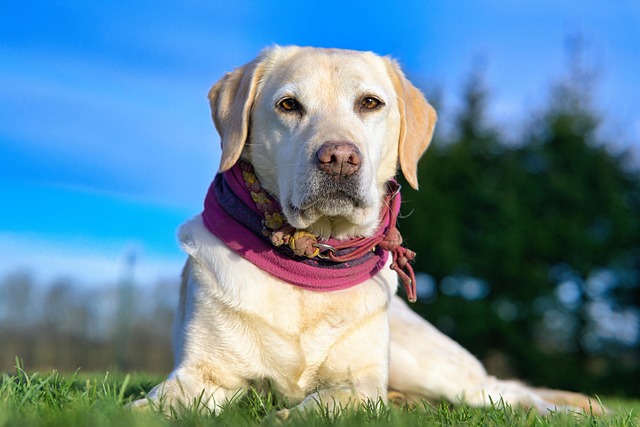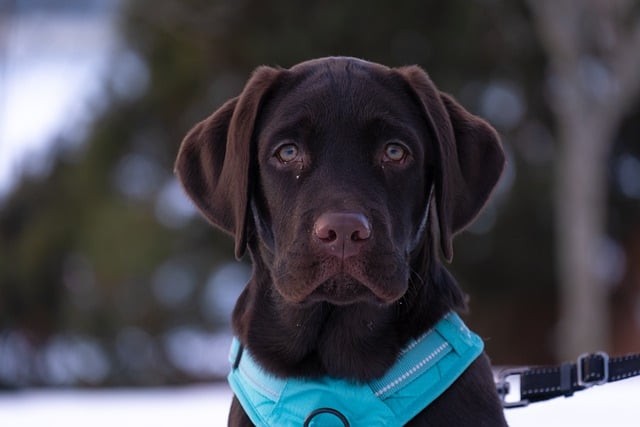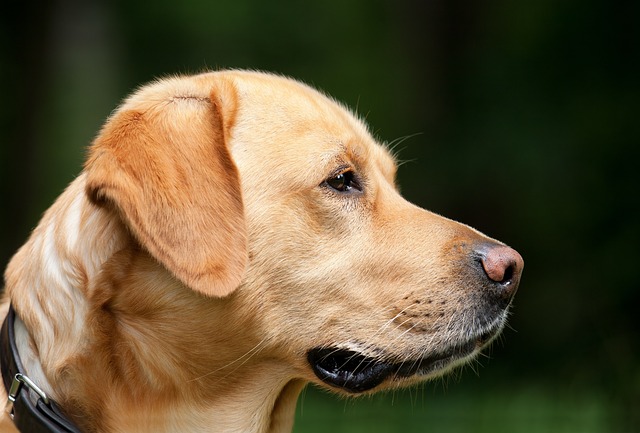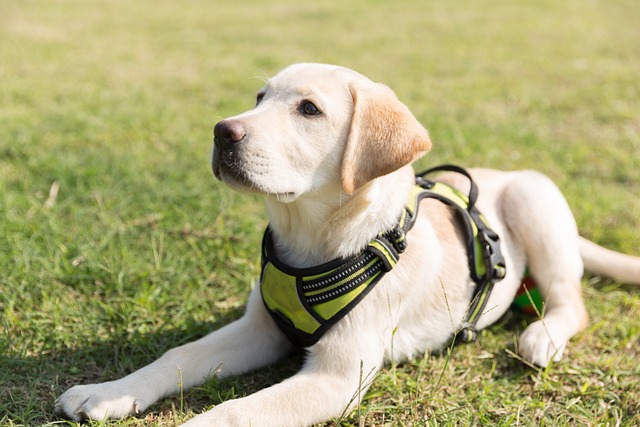
How do i train my dog to be obedient?
Watching your dog dart across the park ignoring your calls isn’t just frustrating—it can put them at risk near busy streets or public spaces.
Belgian Malinois puppies pick up habits fast, so start shaping their behavior when they’re 8–10 weeks old—right when they settle into your home. Skip long training blocks; 5-minute sessions, 3–4 times a day, work best because their energy spikes and fades quickly. Keep soft, smelly treats (like minced beef or cheese cubes) handy—rewarding good behavior within seconds helps them connect the dot between action and praise. This builds the trust they need to follow your lead later.
Before teaching fun tricks, master the basics that keep you both compliant with local rules. Most places mandate dogs respond to “come” and “stay” in public, so practice these in your yard first. Clip a 10-foot leash to their harness, let them wander, then call their name + “come” in an excited tone. When they reach you, gush about how great they are and give a treat—this isn’t just training, it’s a safety net if they dart toward a busy sidewalk.
Socialization needs to feel low-stakes, not overwhelming. Take them to quiet spots: a neighbor’s porch with a friendly golden retriever, a café patio with calm patrons, or a pet supply store on weekday mornings. Let them sniff a rubber boot, a stroller wheel, or a person’s wool coat—new textures help them stay calm in busy places. If they shrink back from a loud bike, pick them up and soothe them; pushing fear makes training harder later.
 Use their high energy to make training feel like play. Toss a frisbee for 8 minutes, then pause and say “sit”—when they plop down, throw it again. This mixes physical exercise with mental focus, which Belgian Malinois crave more than most breeds. If you have a fenced yard, lay a pool noodle on the ground and teach them to step over it for a treat; it’s simple, fun, and keeps their sharp minds busy.
Use their high energy to make training feel like play. Toss a frisbee for 8 minutes, then pause and say “sit”—when they plop down, throw it again. This mixes physical exercise with mental focus, which Belgian Malinois crave more than most breeds. If you have a fenced yard, lay a pool noodle on the ground and teach them to step over it for a treat; it’s simple, fun, and keeps their sharp minds busy.
Always check local laws before training in public spaces—rules vary more than you might think. In parts of Arizona, off-leash training needs a permit even in dog parks, and in Berlin, certain breeds (including Malinois) require a special training certificate. Ignoring these rules can mean fines, which takes the joy out of bonding with your puppy. A quick call to your city’s animal services office clears up any confusion.
Consistency beats perfection with this breed—they get bored of the same routine, so mix things up. One day practice “heel” while walking to the mailbox, the next work on “down” while you fold laundry. Celebrate small wins: if they sit without being told when you grab their food bowl, cheer and give an extra treat. Harsh words break their trust; kindness turns them into the loyal, well-behaved companion you want—whether you’re hiking trails or cuddling on the couch.

Watching your dog dart across the park ignoring your calls isn’t just frustrating—it can put them at risk near busy streets or public spaces.

New puppy owners often find themselves rushing to clean up accidents before they set in, and that’s where puppy pad training becomes a game-changer.

If you've noticed your dog's waistline disappearing and your veterinarian has mentioned those few extra pounds, your first instinct might be to simply reduce the amount of food in their bowl.

Training a dog to use a designated spot indoors isn’t as daunting as many new owners fear, but it does take consistency and an understanding of your pet’s needs.

That moment of dread on a walk is all too familiar for many new dog owners. You see another dog approaching down the sidewalk of your neighborhood

If the sight of another dog on your neighborhood walk makes your heart sink as your own dog erupts into a frenzy of barking and lunging, you're not alone.